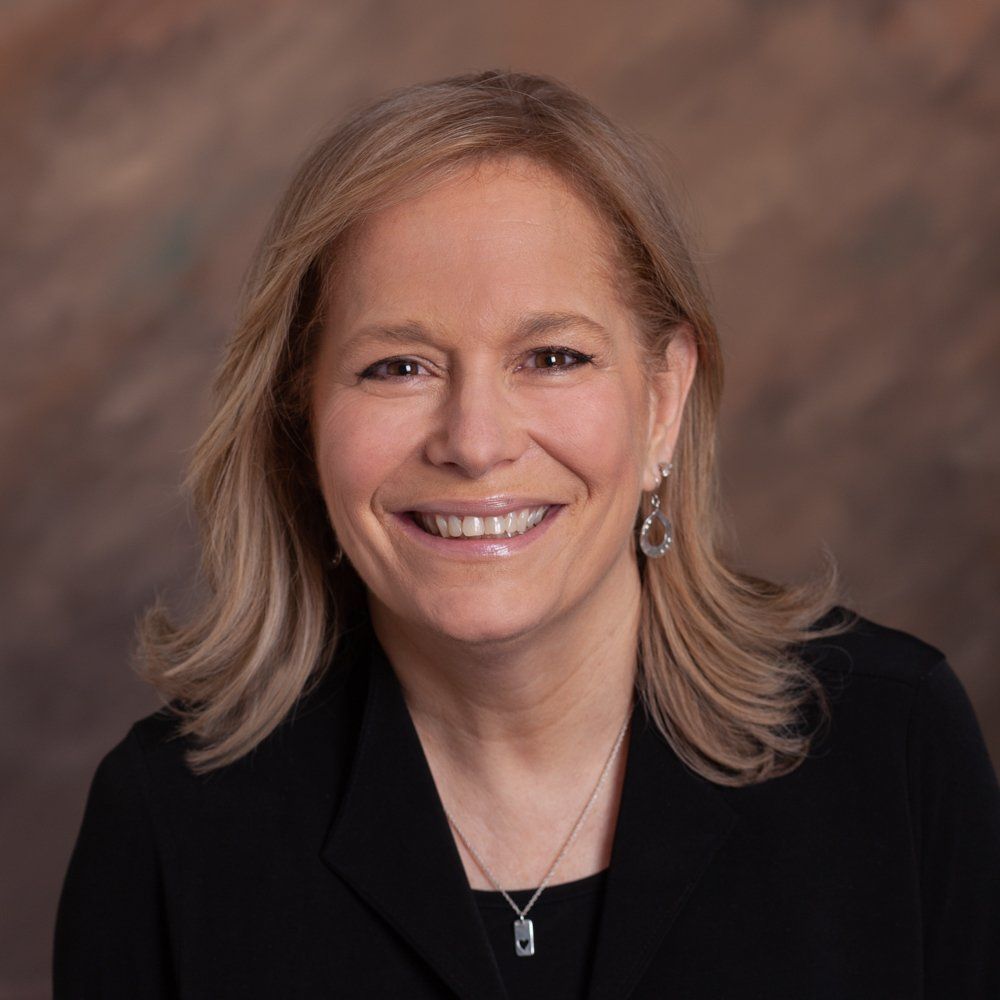“Episodes of Care” Models Offer New Perspectives
New precision medicine models group clinically similar populations for easier variation identification.

Lili Brillstein, MPH

Episodes of Care/bundled payments are the models most often used to engage specialists in a value-based strategy, according to industry experts.
Managed Healthcare Executive Editorial Advisor Lili Brillstein, MPH, a nationally recognized thought leader in the advancement of Episodes of Care as a value-based approach for specialty care, recently spoke at the Cleveland Clinic’s 2019 Value-Based Innovation Summit, about her experiences with bundled payments.
Brillstein co-presented "Bundled Payments: Early Experiences and Looking into the Future" with Christina Ritter, PhD, Patient Care Models, CMMI, and Sri Vangal, senior director at Optum.
“The greatest majority of professional spend by health plans is on specialty care, this is a critically important area of focus,” says Brillstein, who is also the CEO of BCollaborative, which works with stakeholders across the healthcare continuum to successfully make the move from fee-for-service to value-based healthcare.
“Episodes of Care allow for precision medicine within a clinically-like population of patients,” she says. “It allows providers across the healthcare continuum to study and address variations in care and costs of care among patients who are clinically similar (i.e., and would, therefore, be expected to have similar outcomes).”
It is unlike patient-centered medical home (PCMH) and ACO care delivery models, which are primarily heterogeneous populations of patients, according to Brillstein.
“Episodes focus on smaller populations of patients who are more alike so that variations are easier to identify and address,” she says. “The lessons from these smaller episodes models can be extrapolated to the larger pop health models like PCMHs and ACOs.”
Brillstein has built dozens of episodes in conjunction with payers and providers and other stakeholders.
“The most successful models are those that are built in partnership with all parties, and those that begin with no risk-that is, other than the payer, who is not at more risk than when they are paying fee for service. It allows for partnership and collaboration, and provides an opportunity for all parties to learn together what each party’s new role is, and how to create success in these models,” she says.
Related: Trends In Value-Based Care
In addition to improving outcomes, patient experiences and reducing overall costs of care, “some of the greatest achievements have been related to the spirit of the relationships between payers and providers, which changes dramatically in these models as the parties are working together to focus on patient outcomes,” Brillstein says.
Challenges to overcome
“Some of the biggest challenges are working to overcome the adversarial relationships between payers and providers, and getting each to come to the table with an open mind and a willingness to partner with a former adversary,” Brillstein says. “Another real challenge is changing the thinking from units of care and costs of care to overall care and cost, and taking a longer view than has been typical in managed care under the fee for service payment methodology.”
Another challenge is getting payers to understand that they do not need to shift risk to providers immediately in order to see significant changes and that in fact, doing so may be detrimental to their collective success, according to Brillstein.
“Many payers believe they must shift risk in order to see change-this simply is not true, and if that shift occurs too early (i.e., before the parties understand how to create success in these models), patients, providers, and payers all suffer,” she says. “There have been a number of programs that have started with risk-based models, failed, and have had to begin again in a no-risk model.”
Brillstein believes that there is tremendous opportunity for Episodes, a subset of advnced payment models, particularly in the specialty care space.
“No matter what procedure or healthcare condition one looks at, there is variation in care and cost of care that can be addressed to improve outcomes, experiences and reduce overall costs of care,” she says.
Extending the Capabilities of the EHR Through Automation
August 2nd 2023Welcome back to another episode of "Tuning In to the C-Suite," where Briana Contreras, an editor of Managed Healthcare Executive, had the pleasure of chatting with Cindy Gaines, chief clinical transformation officer at Lumeon.
Listen